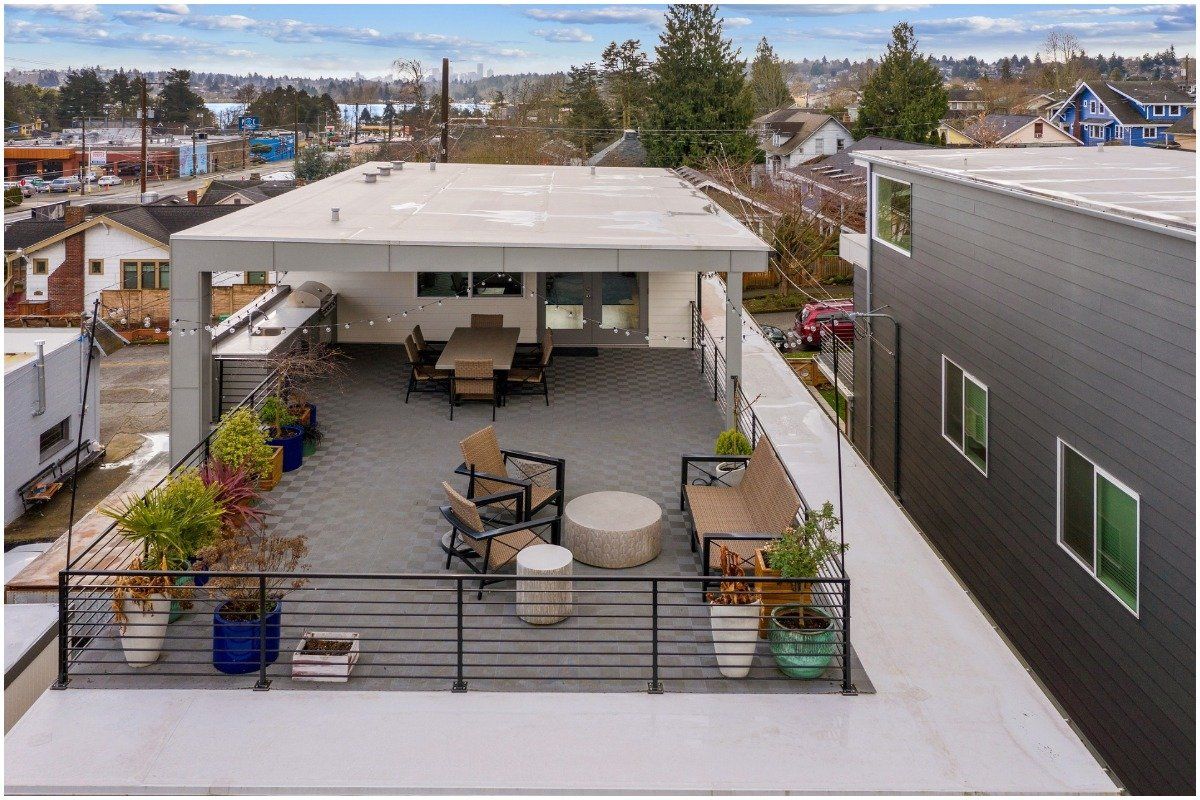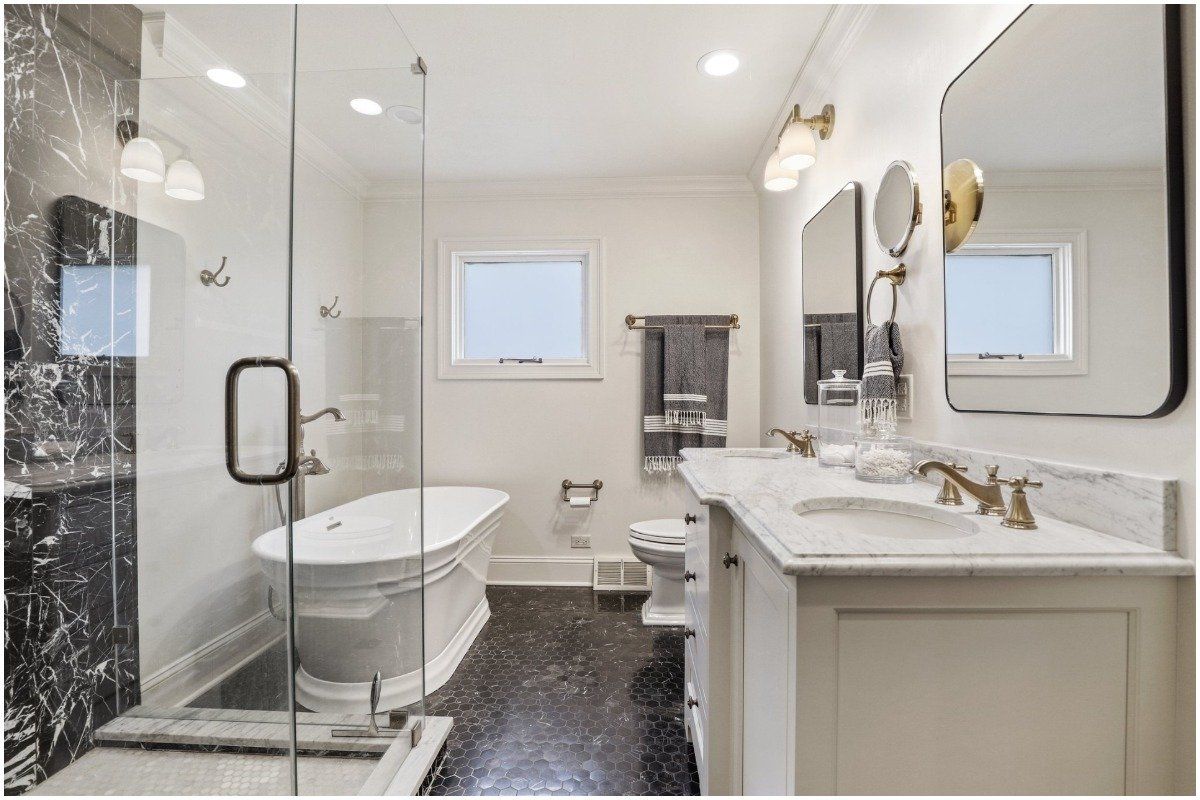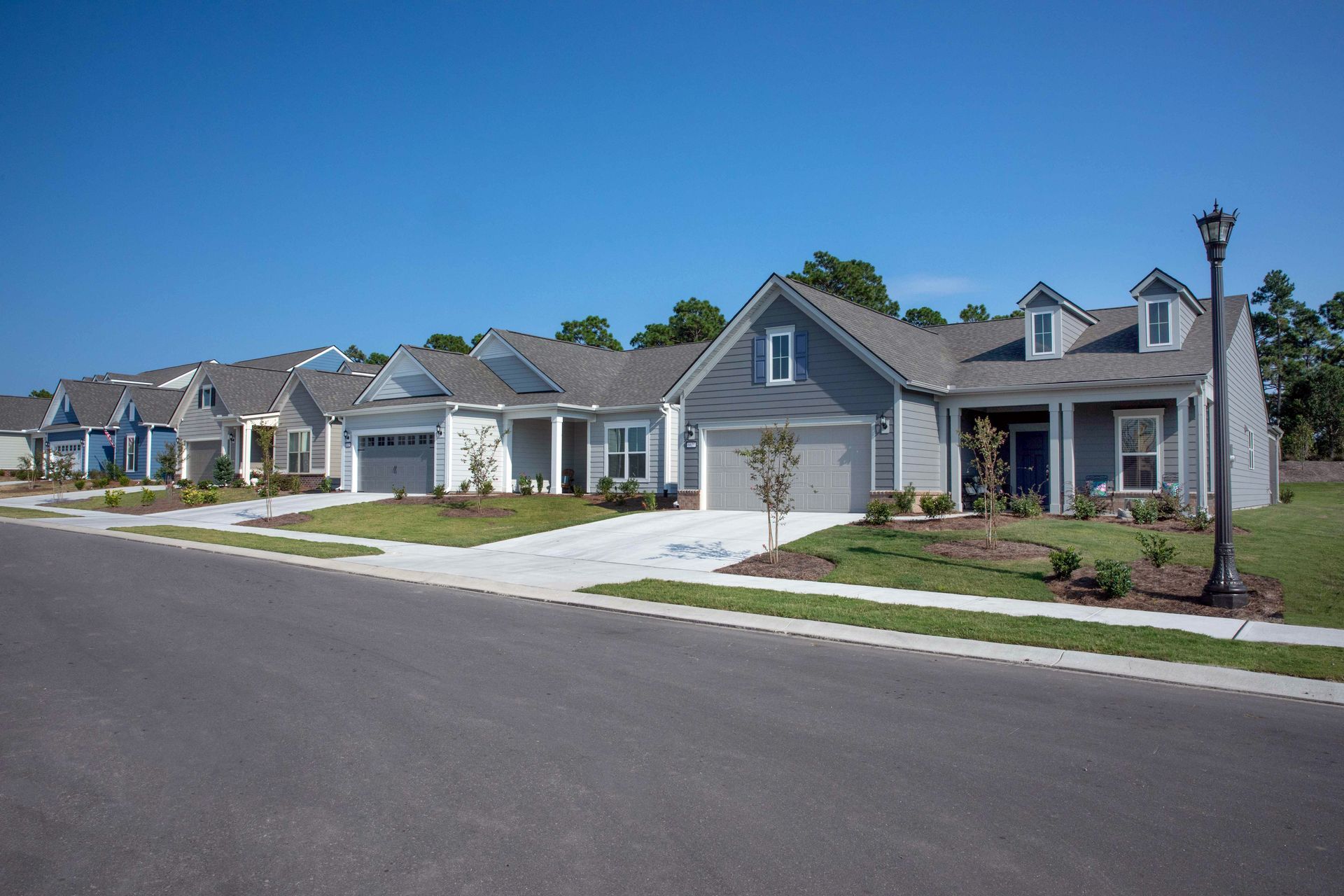Home Renovations That Don’t Add Value (and What to Do Instead)
If you have been thinking about selling your home, you may be wondering which home improvements you should tackle to increase your home’s value before it goes on the market. While there are many home renovations that can add appeal to your home, it’s important to know which projects will increase your property value and which will not.
From upgrading your bathroom to replacing your roof, this article will help you determine which home improvement projects are worth your investment. Whether you are preparing to sell your home in Portland, OR or Toronto, ON, here are 10 home renovations that don’t add value and what you should do instead.

1) A bedroom to closet renovation
The number of bedrooms your home has is one of the main factors that determines your home’s value. It’s better to have a bedroom with a smaller closet than to create a large walk-in closet and lose a neighboring bedroom in the process.
Instead: Find storage solutions for small closets
You can increase the functionality of a closet without increasing the square footage. Try installing closet organizers or creating storage solutions like built-ins to make small closets more practical.
2) High-end fixtures
Although they may upgrade the look of a home, replacing your current fixtures with expensive, high-end alternatives is a home improvement that doesn’t add value. Installing custom faucets, ceiling fans, or lighting fixtures may sound like an easy way to elevate a room in your home, but these improvements won’t increase your home’s value enough to cover the cost it takes to purchase and install them. Plus, potential buyers won’t pay more for a home just for high-end fixtures.
Instead: Install fixtures that are affordable and high quality
If you want to upgrade the fixtures in your home, consider products that are durable, high quality, and budget-friendly. This is one of the home improvements that add value by giving your home the facelift you are looking for, without losing money along the way.
3) A sunroom addition
Sunrooms are tricky because some homebuyers love them while others find them unnecessary. Starting home renovations as large as enclosing your patio or deck to create a sunroom can be expensive, and is not usually included in a home’s total square footage. Since a sunroom will likely not be included in the final calculation, there’s no guarantee that adding a sunroom to your home will increase its value.
Instead: Spruce up your deck or patio by repainting and adding greenery
Make the most out of your patio or deck by transforming it into a great bonus area for entertaining guests. You can turn your deck into an outdoor oasis or give your porch an upgrade by re-staining it or giving it a fresh coat of paint. You can also add plants and outdoor furniture to make your outdoor space feel like an inviting oasis.

4) Bold paint colors
If your walls need repainting, it may be tempting to start home renovations by creating a statement wall by painting geometric patterns or using bold colors to make your home stand out. Unfortunately, not everyone has the same taste, and some homebuyers may see it as a wall they will have to repaint if they decide to purchase the house. Many homeowners are looking for move-in-ready homes, and having to repaint a wall may turn them away.
Instead: Repaint walls if needed and stick to neutrals
Repaint walls using neutral colors that can match any color palette. This is one of the best home improvements that add value to your home and it is easy to accomplish. Repainting walls in neutral colors creates a blank slate for homebuyers and it can make your home look modern and move-in ready.
5) Standing showers
If you’re looking to start a home renovation that will modernize the bathrooms in your home, the first thought that might cross your mind is to upgrade your shower tubs to standing showers. While this does provide a sleek look, it’s another example of home improvements that do not add value.
Instead: Upgrade to some standing showers, but keep at least 1 bathtub
When executing home renovations to your home with the hopes of increasing your home’s value, it is important to keep options open. Some buyers may like soaking in the tub or have small children and need to have a bathtub in their home. To keep your home practical, be sure to leave at least one bathtub in the home to appeal to every type of buyer.

6) Trendy designs
Many homes are incorporating bold wallpaper, intricate tile, or mid-century furniture, and you may be tempted to add these trendy features to your home to appeal to potential buyers. As with any other trend, they tend to go out of style fast. If your home stays on the market long enough for the trend to go out of style, these features might make your home look outdated.
Instead: Stick to timeless and neutral features
Interior design trends are always changing, but there are a few staples that will never go out of style. Choosing neutral paint colors, installing solid color tile, and choosing simple decor will make your house look great to any potential buyer – no matter their style.
7) Specialized high-end kitchen appliances
Costly home renovations like replacing outdated appliances with state-of-the-art appliances may make your kitchen look great, but you’ll likely not get a good return on investment on this project. Some potential buyers may appreciate the appliances, but it probably won’t increase the home resale value by much.
Instead: Upgrade your kitchen by repainting cabinets, or installing budget-friendly fixtures
To give your kitchen a facelift, consider repainting your cabinets, upgrading light fixtures, or swapping out the main kitchen faucet. These simple changes are home improvements that add value to your home while being budget-friendly and will make your kitchen look much more appealing to potential buyers.

8) A new front door
There are many other ways to make a great first impression with your entryway besides replacing your front door. Front doors can be costly, do not increase home resale value, and may not improve the overall quality of your entryway in the way you envisioned.
Instead: Repaint the door and add plants to the porch
To make your entryway more appealing, try adding colorful plants and laying out an inviting welcome mat. If your front door needs some TLC, save money by painting it. These changes will greatly improve your curb appeal without spending a fortune.
9) Wall to wall carpeting
If your home has carpets that need replacing, it may not be the best option to replace the area with new carpet. Many homeowners are looking for homes with hardwood floors, and you don’t want to spend money installing brand new carpet just to hear potential buyers say they would prefer a home with hardwood throughout.
Instead: Consider installing hardwood or neutral carpets
Homes with mostly hardwood floors often appraise for higher than homes that have equal parts hardwood and carpeted flooring. Consider installing hardwood or a hardwood alternative, like tile, to areas that need new flooring. If you choose to stick with carpeting, install carpets that are neutral and budget-friendly.

10) A new roof or HVAC system
Large home features like your HVAC system and roof should only be replaced when there’s a problem that needs to be addressed. Home improvement projects like these are costly and time-consuming. If they’re not damaged or broken, there’s no need to replace your roof or HVAC system to the newest, most efficient version.
Instead: Replace large features because it is necessary, not because you are expecting a high return on your investment
If there is something wrong with your HVAC system or roof, it will need to be fixed before selling your home. However, you should not upgrade these features only to give your home a higher home resale value.
Bonus: Does a pool add value to your home?
This question is a difficult question to answer because there are many factors to consider. The simple answer is, it depends on your location and what the buyer is looking for. A home with a pool in warmer climates like Arizona and Florida will likely increase in value since it can be enjoyed year-round. Meanwhile, a home located in Indiana or Minnesota will likely not see this same increase in value because some homebuyers may see this as an unnecessary part of the home that can only be used a few months out of the year. However, this may be changing.
Pro tip: “Covid-19 has changed the appeal for pools even in typically colder climates. Because so many people are staying home, more in-ground pools have become a higher priority even if there’s only one season to use it. Long waitlists and installation prices that have tripled are becoming the new norm. Short-term vacation rentals are becoming more and more popular as well. Having a private pool will greatly increase the amount of rent that can be obtained. The question is how long will this added demand last – or is it here to stay?” – Eric Strung from Direct Property Buyer
Another factor to consider is that many people find a pool a liability rather than a perk. Families with small children or pets can see the pool as a hazard while others may not want to spend the time and money it takes to maintain a pool. Building a pool can be time-consuming and expensive; since there is no guarantee that a pool will add value to your home there is no way of knowing if you will be able to get your money back from this project. If you are renovating your home to put it on the market, it is probably best to try other home renovations that are more likely to increase your home’s value.
Source: Redfin
Dusty Rhodes Properties is the Best Realtor in Myrtle Beach! We do everything in our power to help you find the home of your dreams. With experience, expertise, and passion, we are the perfect partner for you in Myrtle Beach, South Carolina. We love what we do and it shows. With more than 22 years of experience in the field, we know our industry like the back of our hands. There’s no challenge too big or too small, and we dedicate our utmost energy to every project we take on. We search thousands of the active and new listings from Aynor, Carolina Forest, Conway, Garden City Beach, Longs, Loris, Murrells Inlet, Myrtle Beach, North Myrtle Beach, Pawleys Island, and Surfside Beach real estate listings to find the hottest deals just for you!
Share





